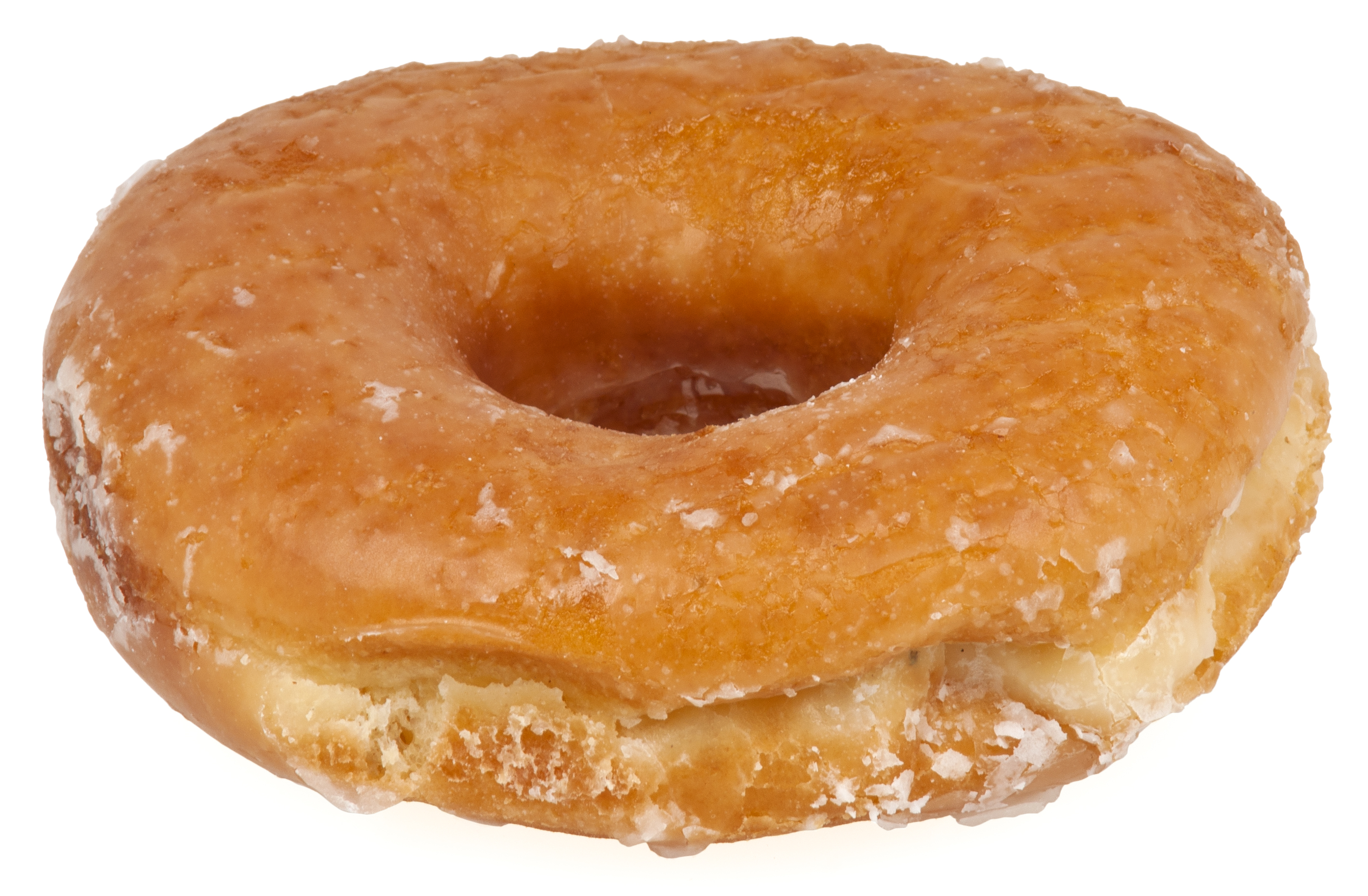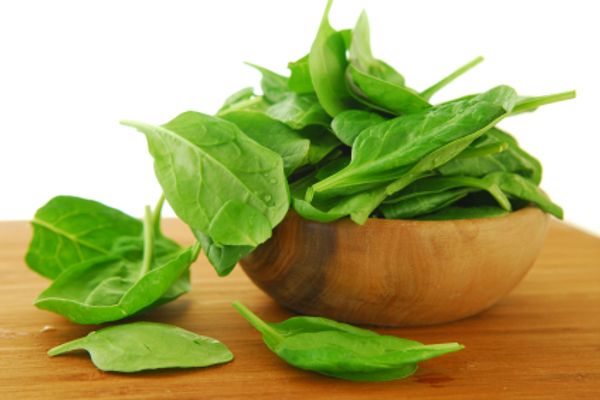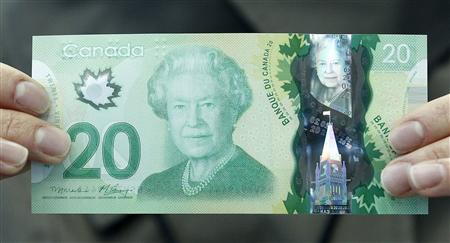Here's an example of how you can begin to check if your movement is getting the muscles you want to target.
The biceps doesn't just curl forward and rotate the forearm. We have this interesting double connection at the front and side of the biceps at the shoulder blade bone. From this we know that the arm is going to come up, and also tend to go to the side - so maybe 45 degrees between dead out to side and dead out front.
LIFT UP AND SLIGHTLY OVER: Ok, with wrist up and over, elbow bent and fist turned towards chest, imagine you're going to stretch to yawn, how you'd bring your elbow up for that, maybe stick out your chest a bit - do it slowly. Feel the muscle from the elbow to up into the shoulder.
We can move up to larger movements that engage more joints, too. If you're interested, here's a fantastic example about how to get the lower body bone movement working for the overhead press - just by exploring the skeletal positioning.
By working through the way the bones are moved around their joints - and optimising for that - not only does great muscular activation occur, great movement patterning begins, too.
So let's get the rhythms of the beautiful bones...
Thoughts?
 |
| Effective Muscle Targetting? |
Find the Muscle*
First thing we need to do is get a kinesiology book (Manual of Structural Kinesiology -finally available in an ebook version [UK || US] is still my fave here). If you want to just look at the muscles and bones, i really like Muscle System Pro. Second, with these tools in hand, we need to check two things
- where the muscle attaches (at both ends);
- how it moves around what joints.
Lets take the biceps of the arm (biceps brachii). "Bi" gives us a clue that there's two somethings here, and when we look at the attachments we see that the top of the biceps attaches in two places - it has what are known as two heads (the triceps, back of the arm, you guessed it, has three heads, attaching in three places).
The biceps long head attaches coming up the outside of the main upper arm bone, the humerus, and through a groove there, into the shoulder bone, the scapula. You can imagine that means some part of that muscle will help pull the arm up and out at the side (abduction).
 |
| The long head attachment is offset from the front of the humerus and attaches into the scapula (shoulder bone) helping to bring the arm up and out to the front and side |
 |
| The short head attaches to the front but also over from the humerus helping to turn the humerus in and pull to bring the forearm up |
The short head attaches more towards the front of the body, but also on the scapula at what's called the coracoid process - many boney bits that jut out at all are called a "process" Attached to the front, gonna pull to the front.
 |
| biceps attaching to inside of radius |
Next bit is where does this muscle end? Intriguingly - the biceps ends up attached to the radius, one of the two bones in the forearm (the bony bit of the elbow, that's the top of the ulna; i always think of the radius as the thumb bone, because that's that it sits closest to at the hand end.). If you look at the picture you can see that attachment is kinda on the inside of the radius. So, if you had your hand lying flat palm down on the table and someone pulled up on the inside of your forearm, what would your wrist do? Turn over maybe?
Now we have three attachment points for the muscle, which means a bunch of actions are possible:
The most famous aspect of the biceps in weight lifting is of course the curl - elbow flexion - and yes we can see that bending the elbow is a big action that the biceps supports (it's not the only contributor).
Because of the way it attaches to the forearm, we can also see that it's going to be pulling the wrist up - into supination - hence the curl happens usually with a dumbell facing into the curl as the weight comes up.
ALSO with these two attachments, the bone, the humerous, turns in - internal rotation. So that's another movement to use in exploring this muscle.
Feel to Fire the Muscle
Now that we know what the muscle does, we can experiment with feeling it.
So let's try this sequence to hit all the movement points:
TURN WRIST IN: With your arm out straight (extended) Turn your wrist so that hand is up - make a fist if you wish - you can explore turning it up as far as you can. Feel the biceps just from doing that? The more you want to turn up and over at the wrist, the more you fire the biceps.
Super.
BEND ELBOW: Next, try the wrist turn while you start to bend your elbow, go 45 degrees, try it, 90, try it, keep going till you have your forearm close to touching your upper arm. Feeling greater squeeze in the biceps just from that?
TURN UPPER ARM IN: With your wrist up and over, arm bent, move your fist towards your chest to rotate the arm in.
 |
| Classic Arnie at the Gun Show: note right arm is more to the front than to the side. |
You may need to play with this a bit to find how high up to bring your elbow (likely not more than at 90 degrees from the chest) and how much to the side to bring it (45-70 degrees away from the chest) - all the while with the wrist turned up and over.
When you're rocking this you'll feel a big squish in the muscle - likely at about 45 - 60 degrees away from the chest.
Now what does that look like?
Example: The Gun Show: Optimal Contraction
Likely, the position you find yourself in for this mega squish of your big guns is similar to Arnie's right arm in the pose shown in actually both arnie pics in this post.
Notice that Arnie here has one arm right out to the side and one arm up in our wrist twisted, up but in towards the chest - and how the biceps in that arm (the right arm) are squished up more - and look more PEAKED.
Now you know why a gun show looks like this classic pose: that's the optimal position to get all three attachments working, in the maxed movements around the two involved joints to create the biggest flexed contraction of the biceps.
ISOMETRICS
Old school body builders like "Prof. Matysek" would find these kinds of positions and just squeeze them for time to create the necessary stimulation for them to adapt and grow (check out copies of the books here). In fact these guys' capacity to trigger an control a single muscle on command showed some pretty awesome sensory-motor cortex mapping/practice.
A word for this kind of fixed-position squeeze is an isometric - we've been looking at a flexion contraction (you can explore extension contractions too)
Isos (for short) are awesome to play with - and even better again if you understand how the muscle works and use that to find what can get it to turn on effectively. Heck, just going through this sequence with my left arm a few times has really made me aware of that muscle. Sheesh.
Now you have a map to start exploring whether or not you're really getting the most you can out of a movement.
More than one way around a joint
Important to note resistance training is optimal when it targets a range of movements. After all there are loads of movements for the biceps alone to hit the muscle in different ways.
But now you can figure out why a preacher curl bench for biceps will have the arm elevated away from the chest, pretty much at shoulder height - really working the short head attachment.
What moves might help work the long head - side attachment more?
In doing a curl how would you optimise wrist up and over while keeping the internal rotation of the upper arm.
Muscle Kinesiology is Fun: Exploring ALL your muscles in movement
You can work through each muscle and muscle group all day long. For the glutes for instance, you can
explore why lunges at 45 degrees are great for glute meds, rather than back and forth for glute max. Again, i love that Structural Kinesiology text for learning about movements and running these checks
 |
| structural kinesiology[UK || US] : great guide to find, feel and test the muscles of movement |
Likewise check out all the bundles in the hamstrings and their action and attachment - check the movements there.
This kind of unpacking of muscle action around a joint also helps explain why we may get sore in unexpected places - like squats killing the inner thighs (adductors)
Hope this helps you discover your body and lets you self-check if your practice is hitting the targets in your movement that you want - and also gives you a way to tune your movement for your self - what's YOUR best position for an optimal contraction of a given muscle? muscle attachment?
Bonus: It's all in the Bone Movement
One more observation: if we get the movement of the bones RIGHT, the muscle contraction takes care of itself. It's actually a lot more effective to think about the movement the bone movement than the muscle. We're really doing that above: what is the movement of the arm, when lead by the focus on what and how the biceps move.We can move up to larger movements that engage more joints, too. If you're interested, here's a fantastic example about how to get the lower body bone movement working for the overhead press - just by exploring the skeletal positioning.
By working through the way the bones are moved around their joints - and optimising for that - not only does great muscular activation occur, great movement patterning begins, too.
So let's get the rhythms of the beautiful bones...
Thoughts?
Note on Name: "Find the muscle" is also a drill Eric Cobb teaches in Z-health 9S: Strength and Suppleness - this is a technique to help bring attention to particular muscle fibers in a movement that may not be firing and to get them online. A coach does an assist to help the athlete check activation of all the fibers. In our case, we're stepping back a bit literally to find the muscle first before getting into activation of areas of the muscle.
















